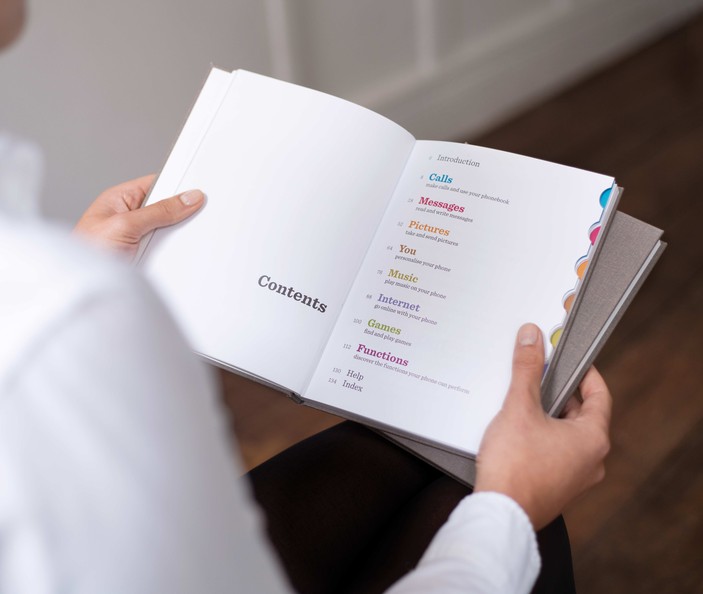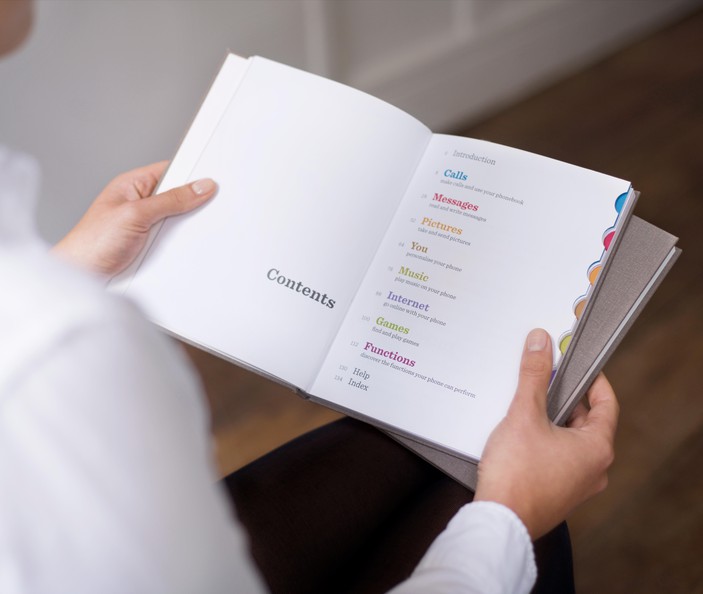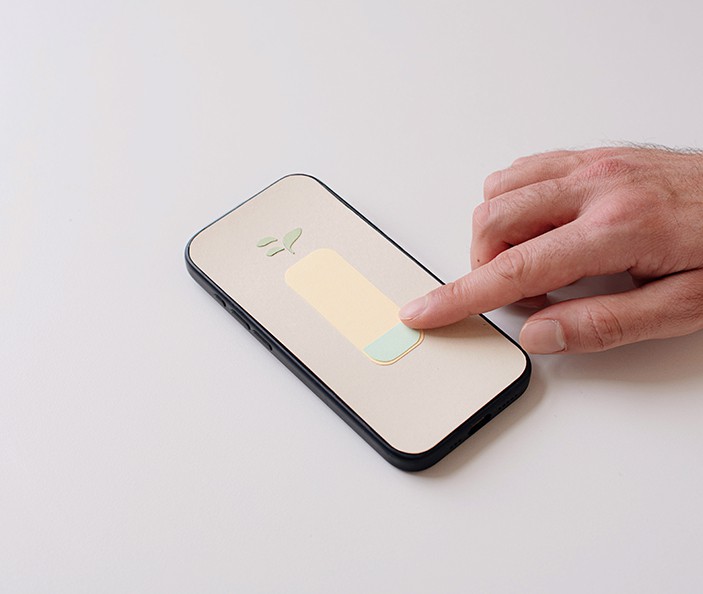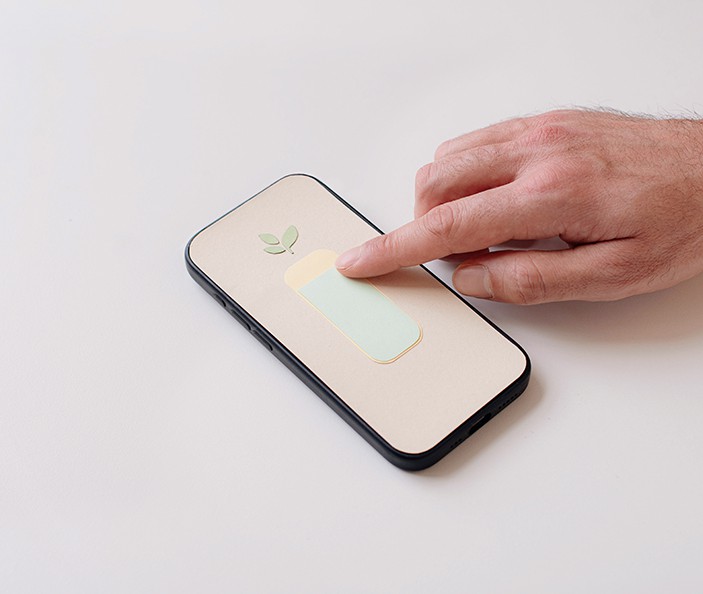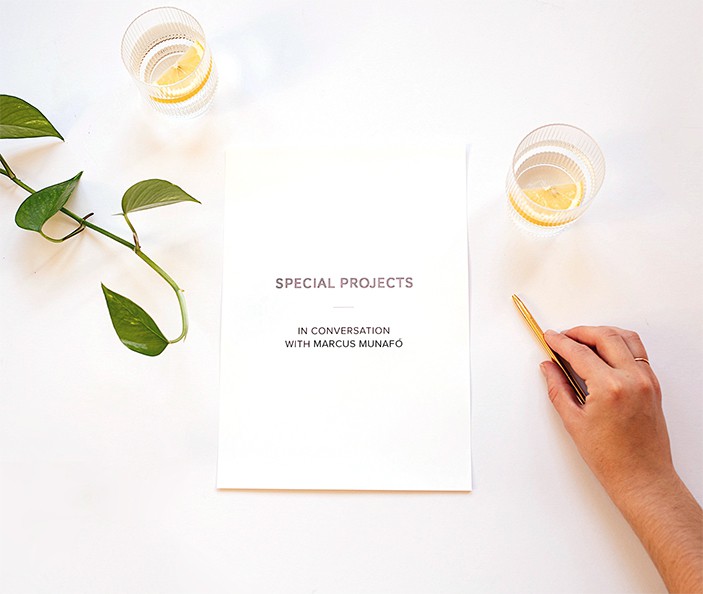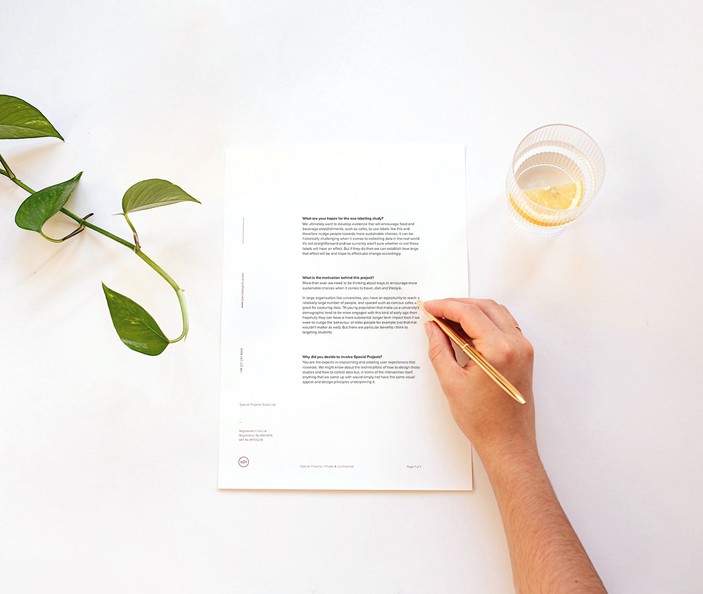In conversation with Marcus Munafó
Marcus Munafó has been a professor of biological psychology at the University of Bristol's School of Psychological Science since 2010. He has recently been conducting a research study investigating eco-labelling as a method to prompt consumers to make more sustainable choices.
Special Projects was invited to design the packaging’s labels that would inform the study, and we applied our expertise and methodology to help create a design which led to 55% of participants responding that the eco-labels positively impacted their decision making and raised their awareness. Further trials are due to be carried out this spring.
We asked Marcus to tell us more about the study and the importance of it, as well as get his thoughts on the role of designers when it comes to behaviour change.
1) What are your hopes for the eco labelling study?
We ultimately want to develop evidence that will encourage food and beverage establishments, such as cafes, to use labels like this and therefore nudge people towards more sustainable choices. It can be historically challenging when it comes to collecting data in the real world. It's not straightforward and we currently aren't sure whether or not these labels will have an effect. But if they do then we can establish how large that effect will be and hope to effectuate change accordingly.
2) What is the motivation behind this project?
More than ever we need to be thinking about ways to encourage more sustainable choices when it comes to travel, diet, and lifestyle. In large organisations like universities, you have an opportunity to reach a relatively large number of people, and spaces such as campus cafes are great for capturing data. The young population that make up a university’s demographic tend to be more engaged with this kind of initiative and respond positively to it. In addition, the more changes we can instil at a relatively early age then hopefully they can have a more substantial longer term impact than if we were to nudge the behaviour of older people for example (not that that wouldn't matter as well). But there are particular benefits I think to targeting students.
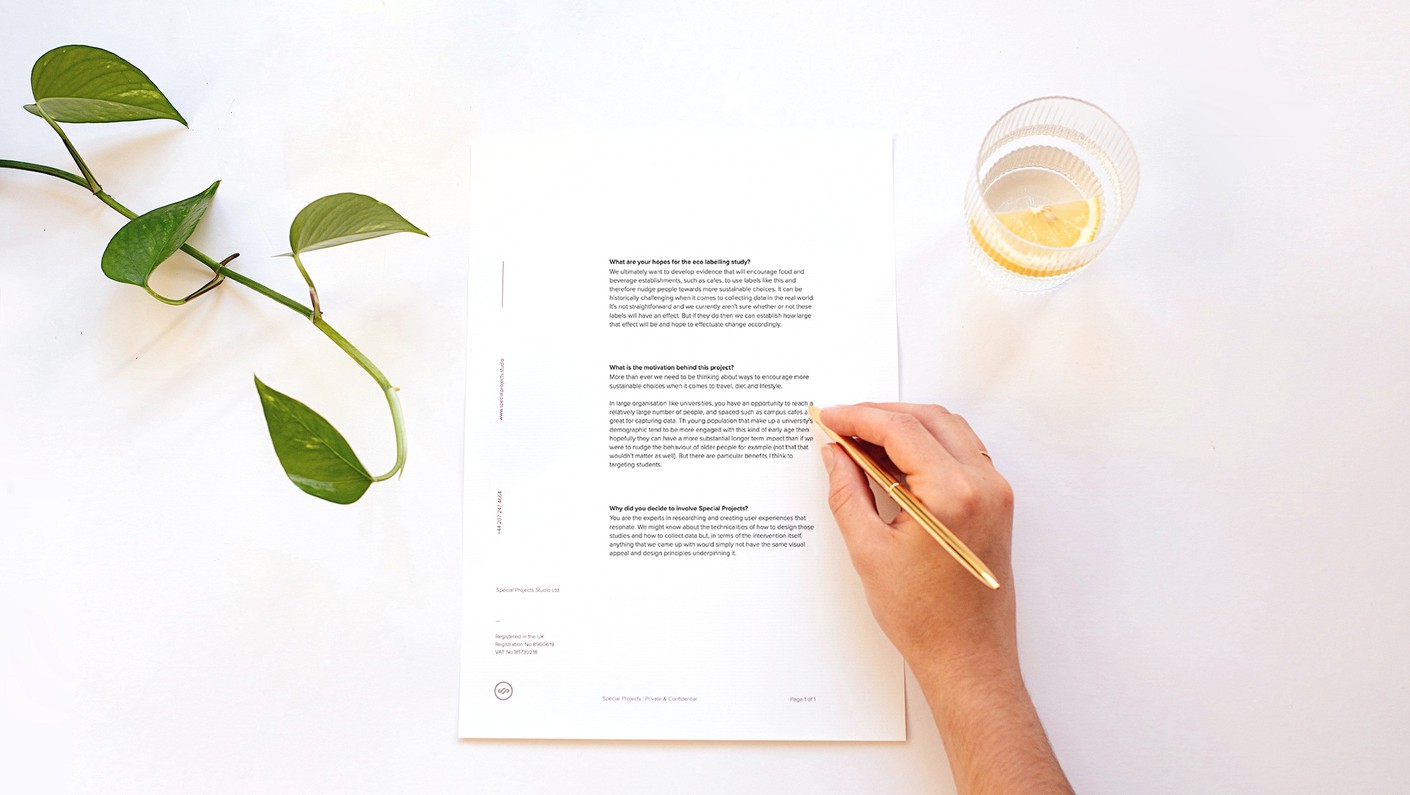
3) Why did you decide to involve Special Projects? What do you think our skill set could and hopefully has enabled?
You are the experts in researching and creating user experiences that resonate. We might know about the technicalities of how to design those studies and how to collect data but, in terms of the intervention itself, anything that we came up with would simply not have the same visual appeal and design principles underpinning it.
4) How can designers and innovators be agents of good when it comes to behaviour change?
Good design isn’t just about the aesthetics but its ability to draw people in and engage them. It can make the user-experience more enjoyable and therefore persuade someone to continue using it. If we could embed those principles in the kinds of things that we are encouraging people to do then we can make those things even more effective and I think this is a really interesting and under-explored subject.
I would like to see the people who are doing the kind of research that I'm doing working more closely with people who can design the interventions in ways that draw people in to make whatever it is that they're doing more engaging. There's a way to effectively design environments that promote the kind of behaviours that we want to promote.
I think academics need to be considering design input at an earlier stage and costing it into their grants because actually, in the grand scheme of things, the costs are not enormous.
As an example, we have carried out research on how the shape of the glass that you drink from affects the rate at which you drink. This is a design decision that the average person wouldn’t appreciate but what you drink is a way of signalling who you are. For example, the beer Peroni is traditionally served in a glass that has etching on the inside to stimulate bubble formation. So, these are really carefully thought through delivery devices and are designed to get you to buy that drink to identify with that brand and help to market it.
We want to apply this same kind of thinking to interventions that push people in healthier or more sustainable or more ethical directions.
You are the experts in researching and creating user experiences that resonate. We might know about the technicalities of how to design those studies and how to collect data but, in terms of the intervention itself, anything that we came up with would simply not have the same visual appeal and design principles underpinning it.
4) How can designers and innovators be agents of good when it comes to behaviour change?
Good design isn’t just about the aesthetics but its ability to draw people in and engage them. It can make the user-experience more enjoyable and therefore persuade someone to continue using it. If we could embed those principles in the kinds of things that we are encouraging people to do then we can make those things even more effective and I think this is a really interesting and under-explored subject.
I would like to see the people who are doing the kind of research that I'm doing working more closely with people who can design the interventions in ways that draw people in to make whatever it is that they're doing more engaging. There's a way to effectively design environments that promote the kind of behaviours that we want to promote.
I think academics need to be considering design input at an earlier stage and costing it into their grants because actually, in the grand scheme of things, the costs are not enormous.
As an example, we have carried out research on how the shape of the glass that you drink from affects the rate at which you drink. This is a design decision that the average person wouldn’t appreciate but what you drink is a way of signalling who you are. For example, the beer Peroni is traditionally served in a glass that has etching on the inside to stimulate bubble formation. So, these are really carefully thought through delivery devices and are designed to get you to buy that drink to identify with that brand and help to market it.
We want to apply this same kind of thinking to interventions that push people in healthier or more sustainable or more ethical directions.
15.01.20

